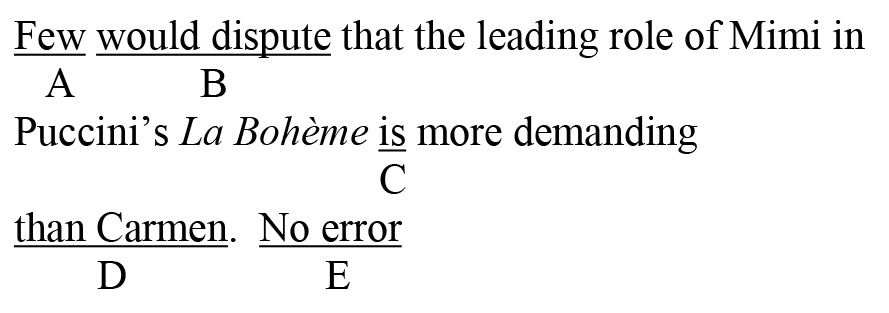Z! Prep SAT Critical Reading And Writing Only Quiz For Tutors
2.
You may optionally provide this to label your report, leaderboard, or certificate.
×
Thank you for your feedback!
















